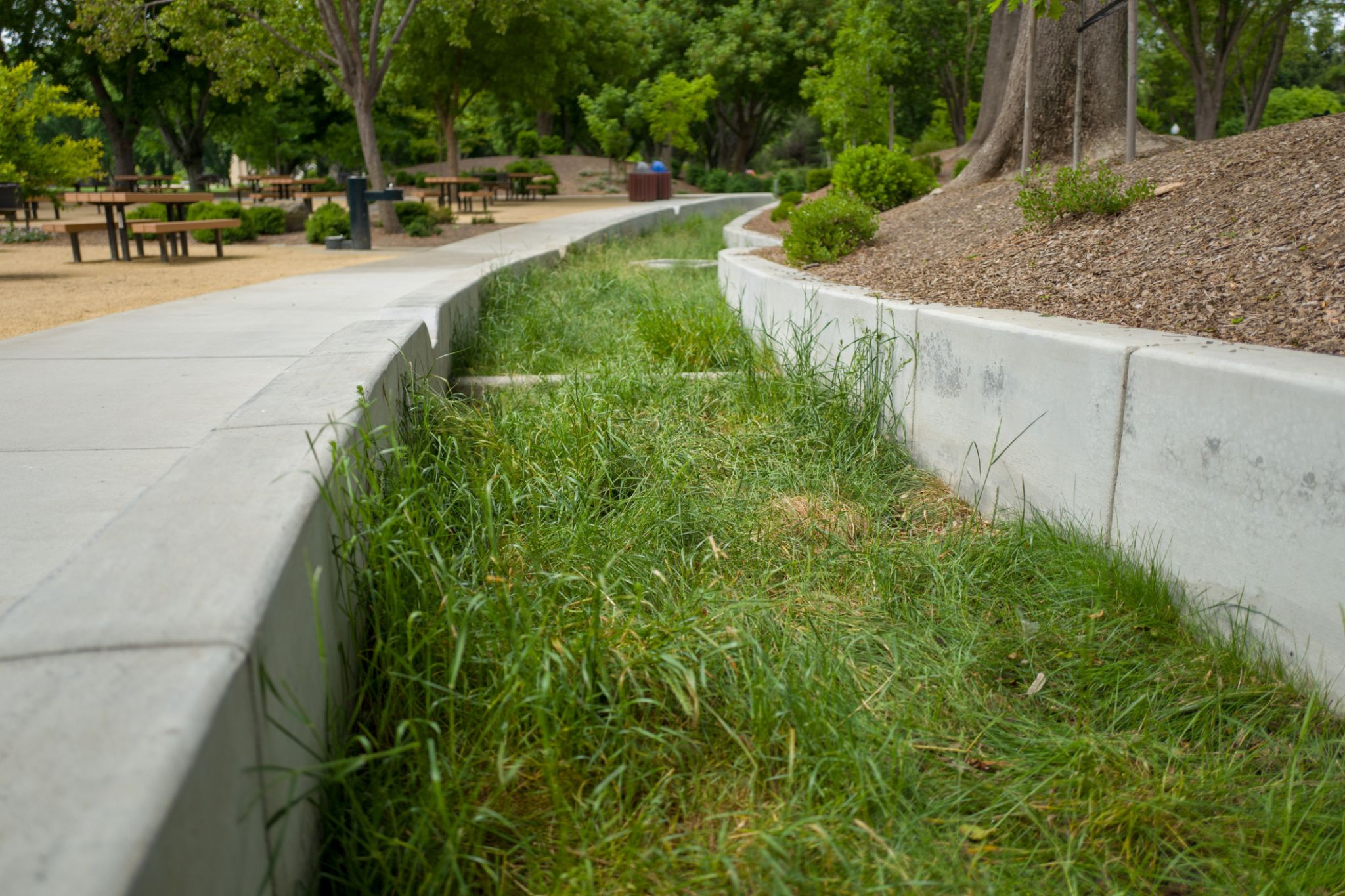Understanding Bio-Swales: A Beginner's Guide to Water Management
Introduction to Bio-Swales
As urban areas continue to expand, managing stormwater effectively becomes increasingly important. One innovative solution is the implementation of bio-swales. These natural landscape elements are designed to transport, filter, and manage rainwater runoff efficiently. Whether you're a city planner or a homeowner with a passion for sustainable living, understanding bio-swales is essential for effective water management.

What Are Bio-Swales?
Bio-swales are vegetated, shallow ditches designed to slow down and filter stormwater runoff. By integrating plants, soil, and natural filtration processes, bio-swales help reduce water pollution and mitigate flooding risks. They not only contribute to water management but also enhance the aesthetic appeal of urban landscapes.
These systems are strategically placed in areas where water runoff is most likely to occur, such as along streets, parking lots, or even residential properties. By using the natural filtration abilities of plants and soil, bio-swales can significantly improve water quality before it reaches larger bodies of water.
The Benefits of Bio-Swales
Bio-swales offer numerous environmental and economic benefits:
- Water Quality Improvement: As stormwater passes through a bio-swale, the vegetation and soil act as filters, removing pollutants such as oil, heavy metals, and sediments.
- Flood Mitigation: By slowing down the flow of water, bio-swales reduce the risk of flooding in urban areas.
- Cost-Effective: Compared to traditional stormwater management systems, bio-swales are more cost-effective both in terms of installation and maintenance.
- Enhancing Biodiversity: The vegetation used in bio-swales provides habitats for various wildlife species, promoting biodiversity in urban settings.

Designing a Bio-Swale
Designing a bio-swale involves careful planning to ensure its effectiveness. Key considerations include the slope of the land, soil type, plant selection, and expected water flow. The design should allow for adequate filtration and absorption while preventing erosion. Selecting native plants is crucial as they are better adapted to local conditions and require less maintenance.
Bio-swales can vary in size and design based on the specific needs of the area. For residential properties, smaller swales can be integrated into gardens or yards. In contrast, larger urban projects may require more extensive planning and resources.
Implementing Bio-Swales in Urban Areas
The integration of bio-swales into urban planning is becoming increasingly popular due to their effectiveness and environmental benefits. Cities across the world are recognizing the importance of sustainable water management practices. Implementing bio-swales can be an essential step towards creating greener, more resilient urban environments.

To successfully incorporate bio-swales into city planning, collaboration between landscape architects, engineers, and city officials is vital. This collaborative approach ensures that bio-swales are strategically placed and designed to maximize their benefits.
Conclusion
Understanding and implementing bio-swales is a step towards more sustainable water management practices. Whether you're managing a small residential space or part of city planning initiatives, bio-swales offer a natural and efficient solution for stormwater management. By embracing these green infrastructures, we can collectively work towards a healthier and more sustainable environment.